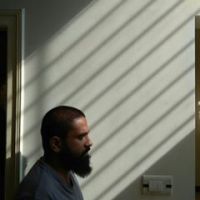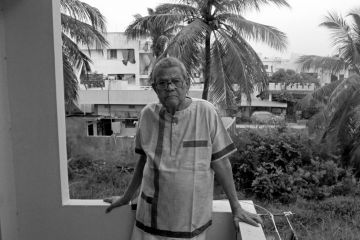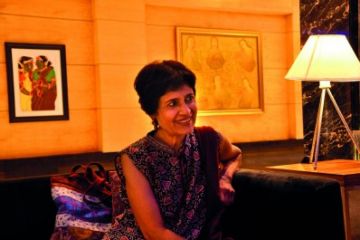
As I walk
gathering the shadows
Of a
bird in the sky of the field
It waves
its wings and flies away.
I touch
the soil and take back my empty hand.
—S.
Kalesh (In the sky of the field)
Hailed for
the spectral splendour of their imagery invoking ghosts and creatures of the
night, for the ingenuity of their narrative style that synthesises oral and
cinematic traditions of storytelling, and for charting a distinctive aesthetic
framework, S. Kalesh’s poems represe





